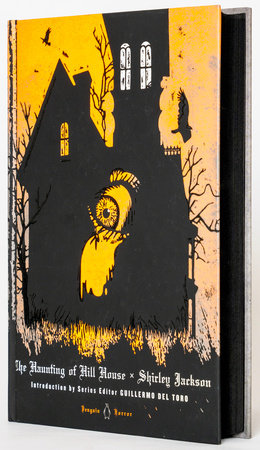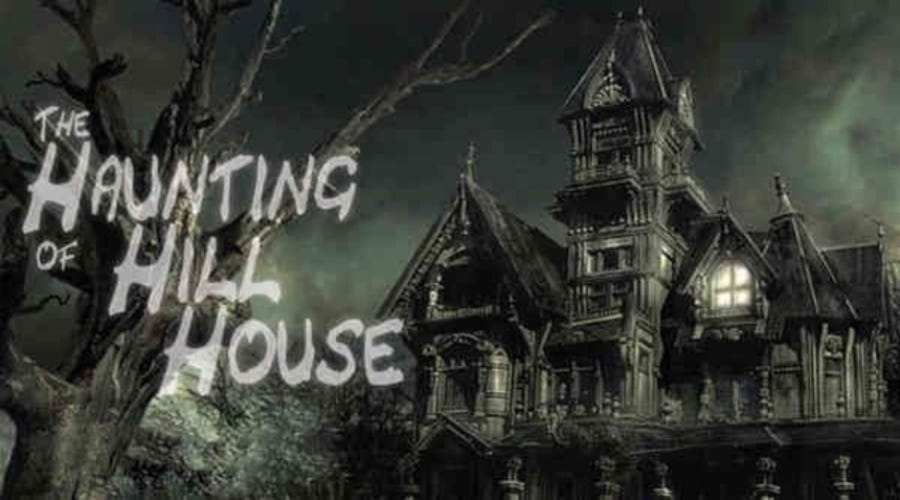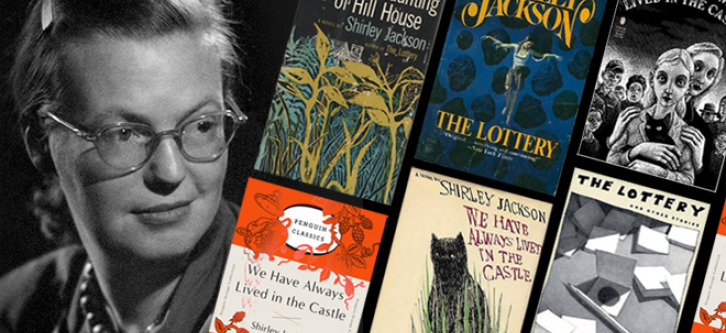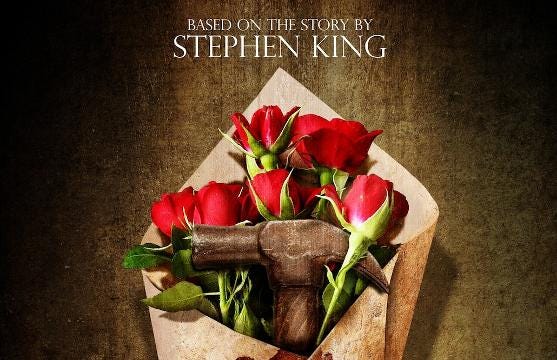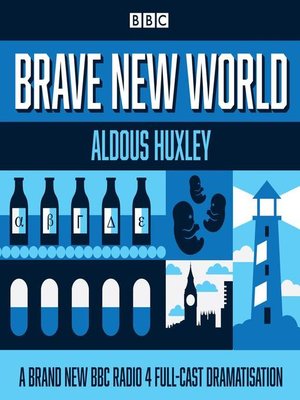Review of “The Haunting of Hill House” by Shirley Jackson
The book is a classic Gothic horror tale about the effects of a haunted manor on the human mind. “The Haunting of Hill House” is about a group of people staying at Hill House for a week, experiencing paranormal events. Dr. Montague is a parapsychologist who invites three people to Hill House to conduct an experiment and record the supernatural effects on the guests. Eleanor, Luke, and Theodora join Dr. Montague as his guests. Other characters include the couple that maintains the house, Mr. and Mrs. Dudley, and Dr. Montague's wife and her friend Arthur. Over the course of a week, everyone experiences something unexplainable that scares them into believing the house is haunted. When writings on the wall call out Eleanor by name, the group starts to turn on her. In the end, they kick Eleanor out of the house, believing she is the source of the paranormal phenomenon's.
If you're someone that likes Edgar Allan Poe's “The Fall of the House of Usher” or “The Turn of the Screw” by Henry James, then you will like this book. If you're not a fan of haunted houses, you might find this book to be a bit of a bore and a chore to get through. I'm not a fan of haunted house stories. I didn't care for “The Fall of the House of Usher,” and although I enjoyed the characters in this book, I did find it to be a lull. I didn't find the “scary” parts to be scary, and there wasn't enough of the spirit activity to provide thrills.
This book is a psychological thriller that explores the descent into madness of the main character Eleanor or Nell. Eleanor had been her mother's caretaker all her life, and only recently did her mother passes away. At the age of thirty-two, Nell is free to be her own person. She struggles to find that, so she decides to go to Hill house. Having been isolated and vulnerable all her life, Nell begins to feel like Hill house is her home.
To redeem himself in his career, Dr. Montague selects each member for a reason. Eleanor had a supernatural ghost event as a child, Theodora because she was sensitive to the paranormal spirits, and Luke because he would inherit Hill house. Interested in a supernatural social experiment, Dr. Montague's wife and her friend join the group at the end of the first week. As the group begins to experience strange events, they become more and more paranoid. Nell starts to think that she can hear everything in the house, claiming that she is becoming in tune with the house. When her name appears on the walls, Theodora begins to think that Nell is doing it for attention.
Mrs. Montague uses a machine that claims it can communicate with the spirits of the house, and they call out Nell out by name. This also leads the group to believe that Nell is the origin of the phenomenon's. As the book goes on, Nell believes that Hill house is her true home. Because she doesn't have a home to go back to and has no friends, Nell wants to stay at Hill house. So, when the group kicks her out, she decides to crash her car into a tree to remain forever at Hill house.
This is a relatively simple story that relies on the atmosphere of the house. It's a mansion with a maze-like design that makes it hard for anyone to find their way around. The caretakers make a habit of not staying past dark, which adds to the mysterious nature of the house. Most of the supernatural events are loud noises, rattling, wind, and writings on the wall. There isn't much of an escalation in the circumstances, but rather it plays on the group's paranoia.
If you like this post, be sure to read my review for Shirley Jackson's “The Lottery” here and my article on Shirley Jackson, the author here. Even though I didn't love this book, it's not very long, and I would consider rereading it. If you're looking for a pure thriller, then this isn't the book for you. But if you're interested in psychological horror stories that focus on the character's mind, then give this book a read.
If you like to read stories on WattPad, then you're in luck! Because I have recently posted some short stories on WattPad! Get ready for Halloween by reading my spooky/thriller inspired stories.
Looking for a Halloween themed children's book? Check out my book “Who Scared Jack?” About a pumpkin named Jack who is scared on Halloween night. Join him as he makes his way through his house filled with all sorts of spooky creatures as he looks for the monster.


